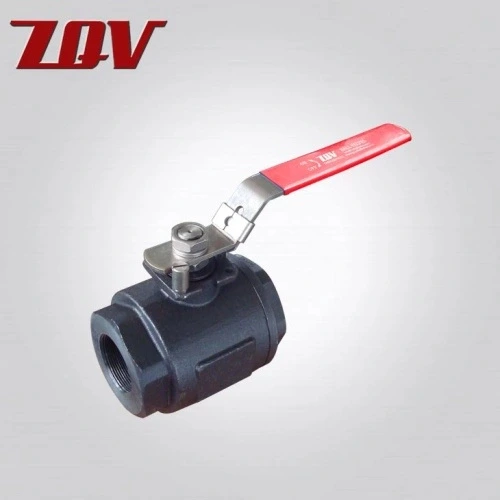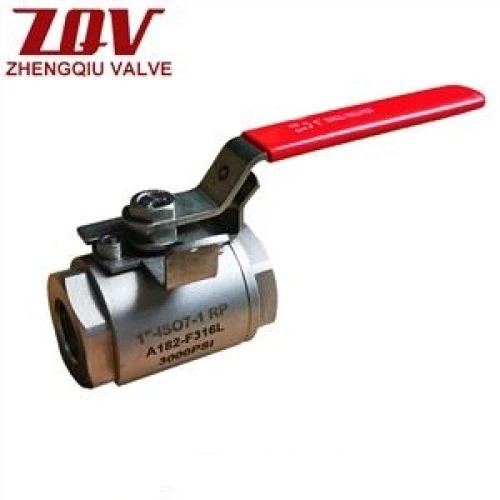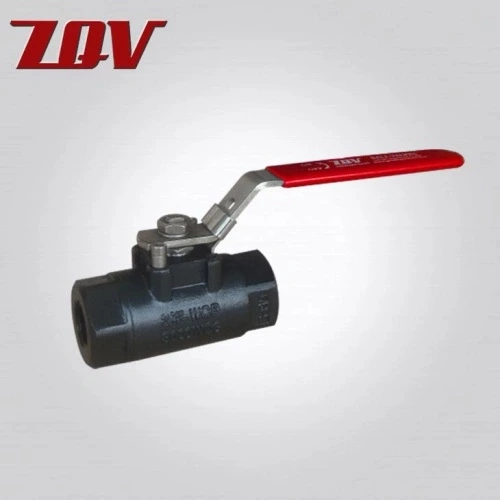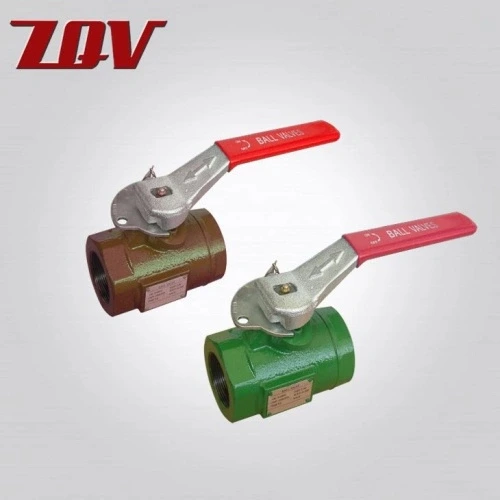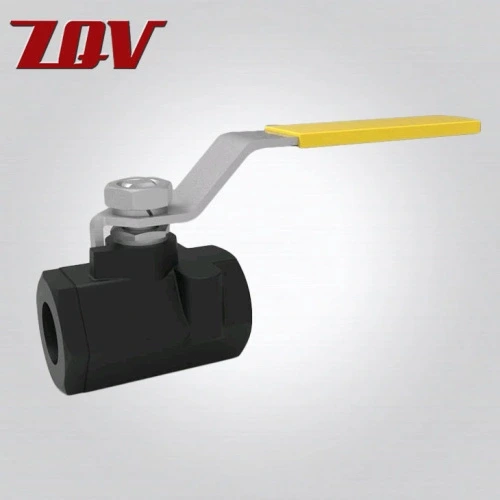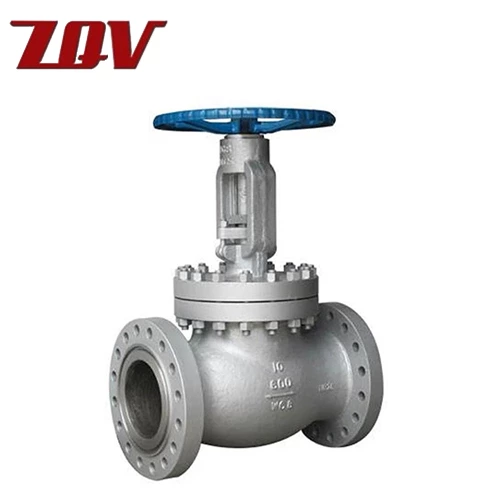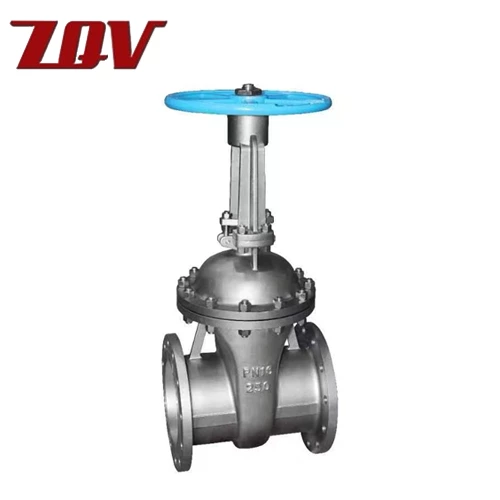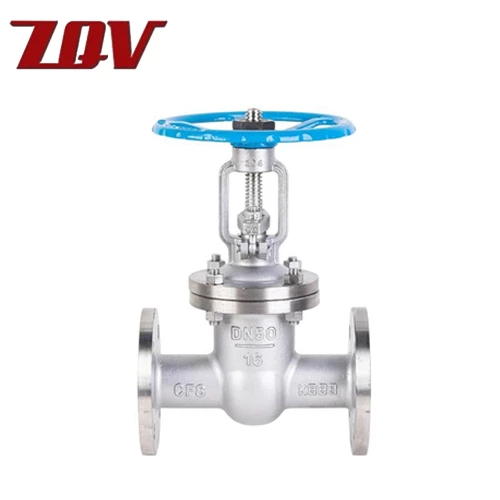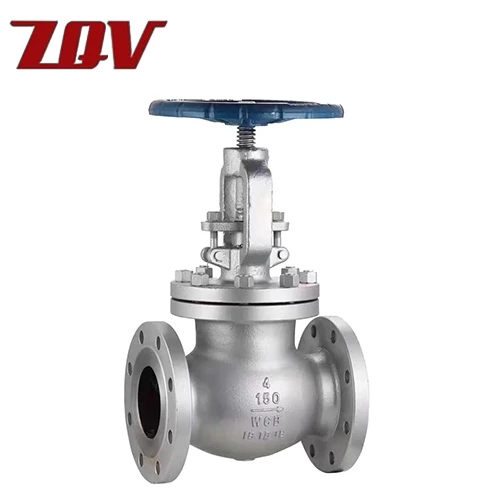Solve Common Problems Of High Pressure Ball Valves
After extended use, high-pressure ball valves may develop common problems that can affect their proper function. Therefore, it's crucial to promptly diagnose and resolve these issues.
In this guide, we'll explain why a high pressure ball valve pressure washer may not function properly, what inspections to perform, and how to test components step by step.
Checking for Liquid or Gas Leaks in High-Pressure Ball Valves
The sealing performance of a 2 high pressure ball valve is critical; any leakage can affect equipment safety and system stability. The first step in checking for leaks is to carefully inspect the valve body, sealing surfaces, and seats. Common inspection methods include:
-
Visual Inspection: Observe the area around the ball valve for signs of liquid or gas leakage.
-
Foam Test: Apply soapy water to the joints between the valve body and the pipe, open the valve, and any bubbles that appear indicate a leak.
-
Pressure Test: Close the ball valve and apply moderate pressure to check the valve's sealing performance.
Checking for Difficulty Operating a High-Pressure Ball Valve
There are many reasons why a 3 8 hydraulic ball valve may be difficult to operate, including the following:
-
Insufficient Lubrication: Excessive friction between the valve stem and the valve body can cause difficulty operating.
-
Corrosion or Dirt: The valve stem or body may corrode due to prolonged exposure to high-pressure media, increasing operating resistance.
-
Excessive Temperature: High temperatures may cause thermal expansion of the valve body material, affecting smooth valve operation.
-
Valve Seat Wear: Long-term use may cause valve seat wear, affecting valve opening and closing.
These issues can be addressed through regular lubrication, cleaning of corroded areas, and adjusting the operating temperature.
Testing the Seals of High-Pressure Ball Valves
Testing the seals of high-pressure ball valves is crucial for ensuring proper operation. Common testing methods include:
-
Air Tightness Test: Testing the valve for air tightness using a gas leak detector to check for leaks.
-
Liquid Tightness Test: Using a water seal test, the valve is tested to determine whether it can maintain a complete seal under high pressure.
-
Pressure Test: Applying operating pressure to the valve to test whether it can withstand the pressure without leaking.
Checking the Ball of a High-Pressure Ball Valve for Wear
Worn ball valves can lead to poor sealing and difficulty in valve operation, affecting system efficiency. Checking valve ball wear involves the following steps:
-
Disassembly Inspection: Regularly disassemble the ball valve and inspect the ball surface for visible wear or scratches.
-
Surface Finish Inspection: Use a microscope to inspect the ball surface for smoothness. If any roughness is detected, the ball may need to be replaced.
-
Seal Performance Test: Use testing equipment to check the seal between the ball and seat to ensure there is no leakage.
Common Problems with High-Pressure Ball Valves: Conclusion
Most problems can be attributed to common issues such as leakage, operational difficulties, poor sealing, and ball wear. Early detection of these issues can save downtime and avoid unnecessary replacements.
